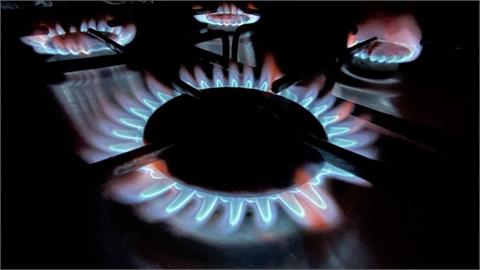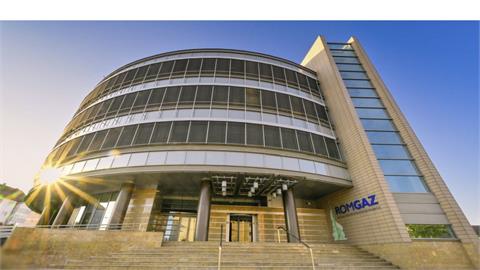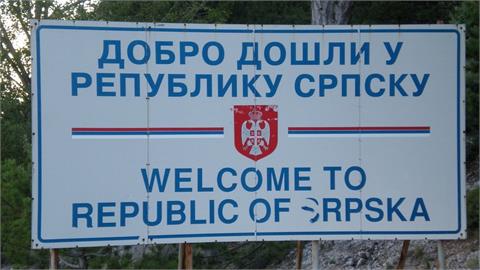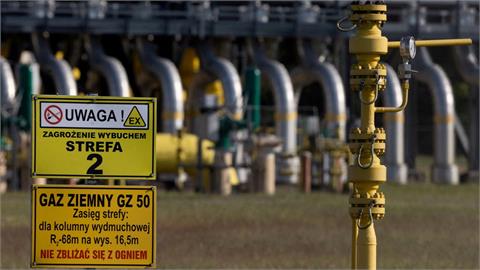While power output from coal and lignite fell by 22% in the EU last year, Serbia boosted its production by 4% in the sector and Bosnia and Herzegovina increased it by 8%, the European Commission said. The number of hours with negative power prices in 11 zones in Europe almost doubled. The phenomenon occurred in Slovenia, Croatia and Greece, among other countries.
The share of electricity generated from renewables in the European Union’s energy mix reached 39% in 2020, beating fossil fuels (36%) for the first time. According to the European Commission’s quarterly report, the combination of the pandemic demand shock and favorable weather conditions for renewables substantially changed the structure. Power output from coal and lignite dropped 22% as high carbon dioxide emission costs are making operators shut down thermal power plants.
The document adds that in Serbia and Bosnia and Herzegovina, where companies in the sector don’t have such expenses, lignite generation increased by 4% and 8%, respectively. Nevertheless, both countries imported slightly more power from the EU than they exported.
The overall share of lignite in Serbia, Bulgaria, Croatia and Greece in electricity output fell to 33% from 38%
Serbia is in the South Eastern Europe wholesale market, with Bulgaria, Croatia and Greece. The share of lignite in the regional mix fell to 33% from 38% as Greece is replacing its capacities with gas and wind. Bulgaria followed the trend. The share of gas in the four countries jumped to 18% from 16%.
Due to rising wind output in Greece and lower consumption, the market’s share of renewables advanced to 34% from 31%.
Power consumption recovering
The EU’s consumption of electricity plunged 4% year over year compared to 3% for gas, mostly with lockdowns induced by the coronavirus pandemic, but figures for the fourth quarter showed a recovery was underway. Based on preliminary estimates, the carbon footprint of the power sector dropped by 14% in 2020.
The 27-member bloc added 11 GW of wind power and 18 GW of photovoltaics, similar to the year before. Norway was by far the biggest importer into the EU, with a net 20 TWh, powered by record hydro generation and rising wind output. The balance was near zero in 2019.
Negative electricity prices registered for first time in Greece
The expansion of renewables and the demand destruction that was caused by the coronavirus restrictions brought instances of negative hourly electricity prices to a record, essentially doubling them to almost 1,600 compared to 2019 in 11 bidding zones that were observed.
The wholesale power market saw a couple of spikes in prices last year amid low wind speed and a cold spell
Greece experienced first-ever negative prices in December, four weeks after it started day-ahead trading. Croatia and Slovenia were among the zones that saw episodes of negative prices.
In contrast, wholesale prices surged above EUR 100 per MWh for several hours on December 9 amid low wind speeds, reduced availability of dispatchable capacities and relatively high demand levels during a cold spell. A similar event took place in mid-September, as conventional power plants are being retired and renewable sources depend on weather conditions.
The integrated Irish zone recorded the highest number of negative hourly prices, 382, followed by Germany’s 298.
(balkangreenenergynews.com, April 13, 2021)



